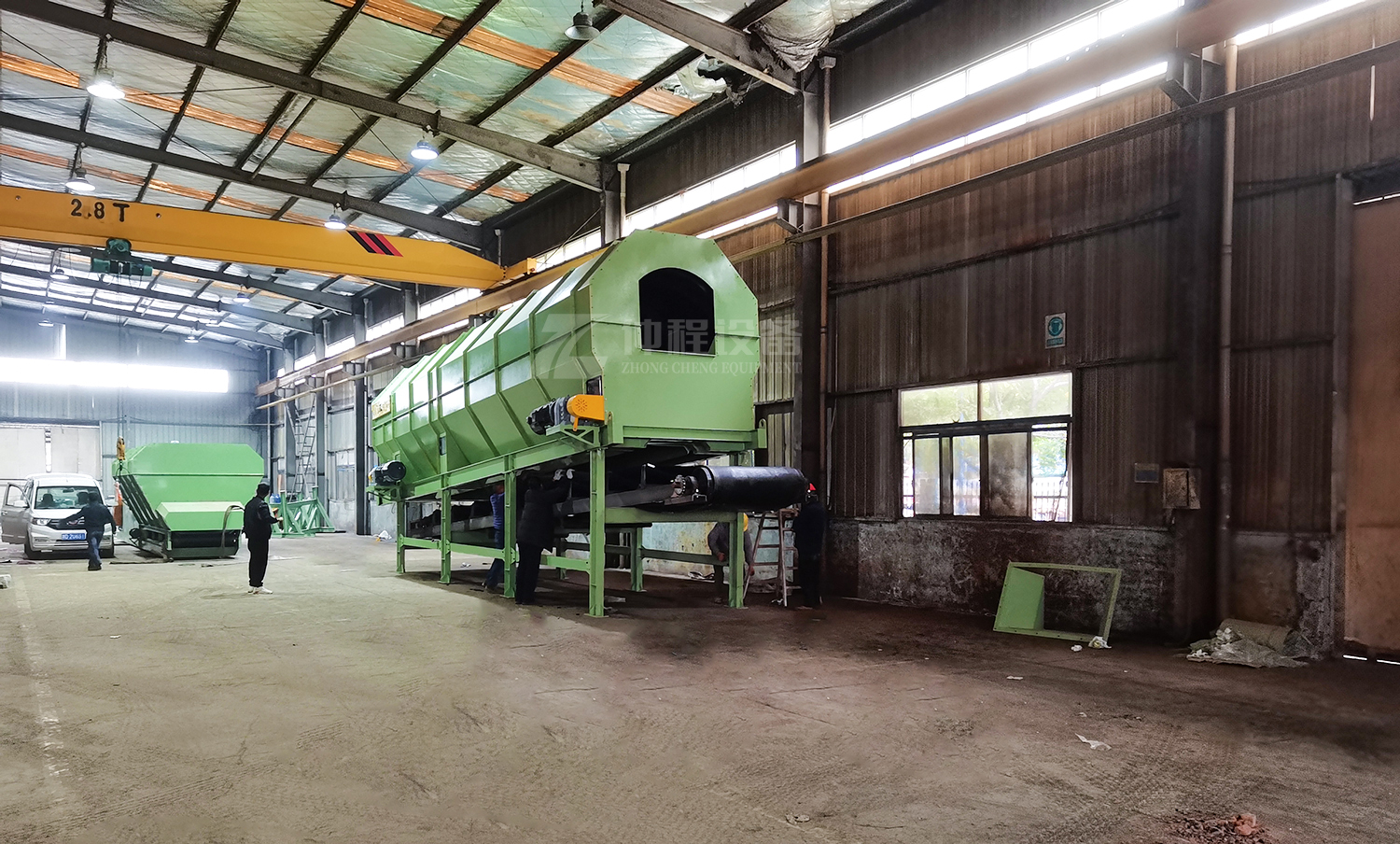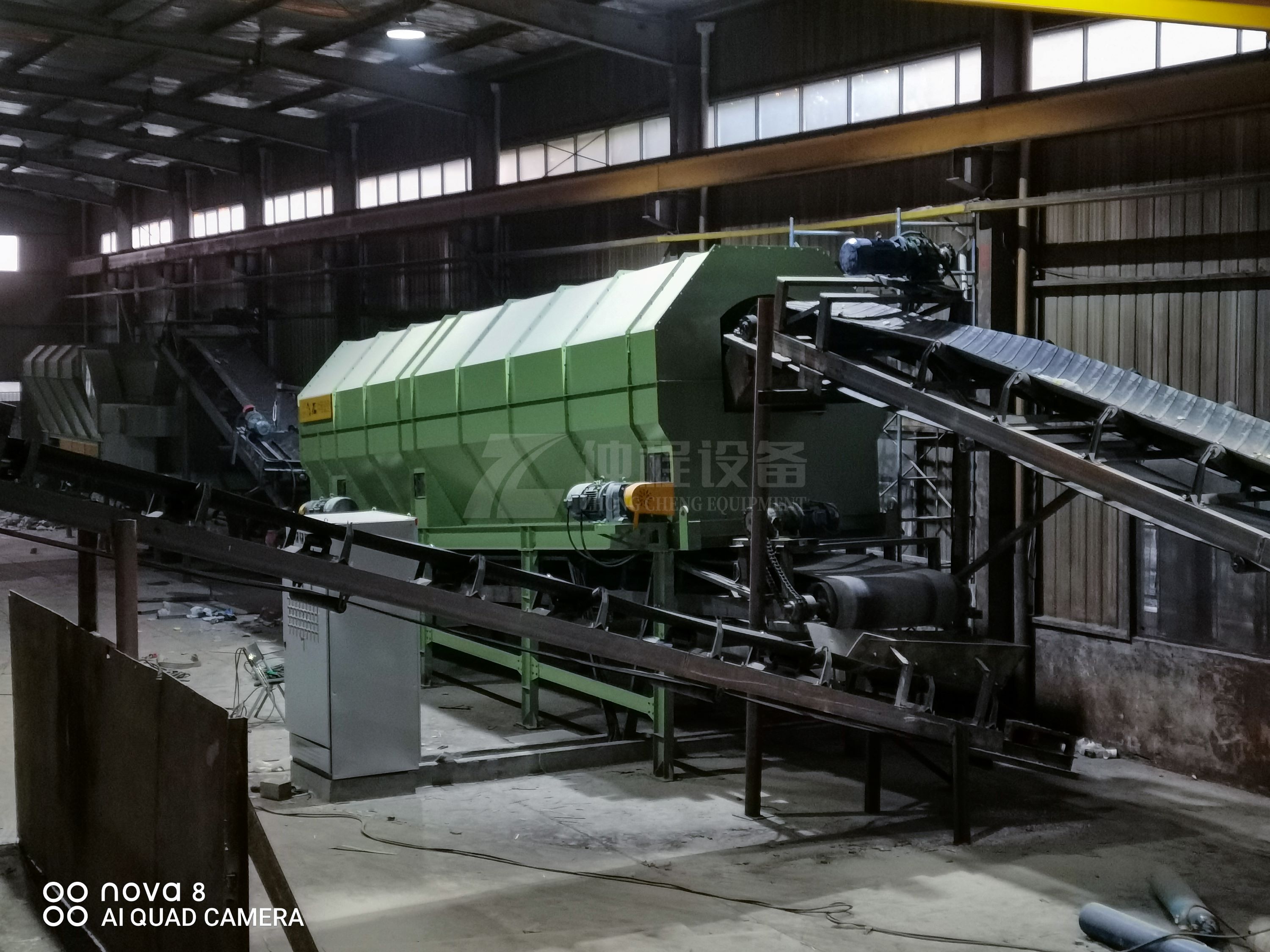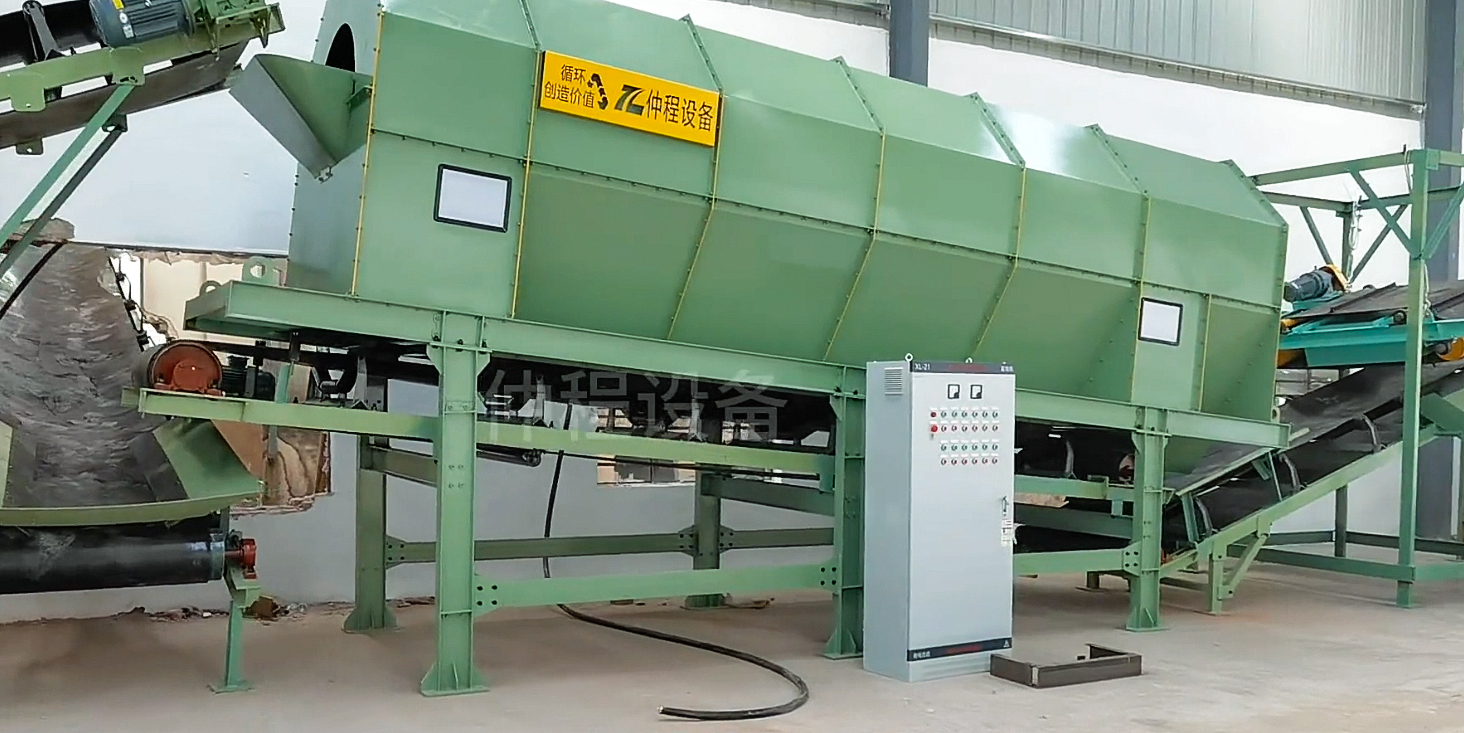The Application of Roller Screens in Solid Waste Management Projects
The escalating challenge of managing solid waste has become a critical concern worldwide due to increasing urbanization, population growth, and industrialization. This challenge has led to the development and implementation of innovative technologies aimed at enhancing waste sorting, processing, and recycling. Among these technologies, the roller screen has emerged as a vital tool in improving the efficiency and effectiveness of solid waste management projects.
Understanding Roller Screens
A roller screen, also known as a trommel screen, is a mechanical screening device primarily used for separating materials by size. It consists of a cylindrical drum with perforated or mesh surfaces that rotates around its axis. As the drum rotates, waste materials are fed into it, allowing smaller particles to pass through the holes while larger ones continue to move along the drum's length until they exit from the other end.

Advantages of Roller Screens
Roller screens offer several advantages that make them particularly suitable for solid waste management:
Efficiency in Size Separation: Roller screens excel in separating materials based on size, which is crucial in waste management for sorting various components like plastics, metals, and organic matter. This size-based separation enhances the efficiency of subsequent recycling and disposal processes.
Adaptability: Roller screens are highly adaptable and can handle a wide range of waste materials, from municipal solid waste (MSW) to industrial waste. They can be customized with different drum sizes, hole configurations, and rotational speeds to suit specific waste management needs.
Robust Construction: Designed to withstand harsh operating conditions, roller screens are built with durable materials that resist wear and tear. This robustness ensures a long operational life and minimal maintenance, reducing downtime and operational costs.
Energy Efficiency: Compared to other mechanical screening devices, roller screens consume relatively less energy, making them a cost-effective option for waste management facilities.
Scalability: Roller screens can be easily scaled up or down to match the capacity requirements of different waste management projects, from small community-based initiatives to large industrial operations.
Applications in Solid Waste Management
Roller screens play a pivotal role in various stages of solid waste management, including:
Pre-treatment of Municipal Solid Waste (MSW): Before waste can be effectively processed, it needs to be sorted. Roller screens are used in the pre-treatment phase to separate recyclable materials like glass, metals, and plastics from organic waste. This separation facilitates efficient recycling and reduces the volume of waste destined for landfills.
Composting and Organic Waste Processing: In composting facilities, roller screens help in the separation of organic waste from contaminants such as plastics and metals. By ensuring that only organic material proceeds to the composting stage, roller screens improve the quality of the compost produced.
Material Recovery Facilities (MRFs): In MRFs, roller screens are used to separate different materials, enhancing the recovery of valuable recyclables. This separation is critical for optimizing the recycling process and maximizing the economic returns from waste.
Construction and Demolition Waste Management: Roller screens are used to sort construction and demolition debris, separating reusable materials like concrete, wood, and metals from non-recyclable waste. This sorting process aids in reducing the environmental impact of construction activities.
Waste-to-Energy (WTE) Facilities: In WTE plants, roller screens are utilized to prepare waste for incineration by removing non-combustible materials. This preparation increases the efficiency of energy recovery from waste and minimizes emissions from incineration.

Case Studies and Success Stories
Several successful implementations of roller screens in solid waste management projects highlight their effectiveness:
City of Copenhagen, Denmark: Copenhagen has implemented roller screens in its waste management facilities to enhance recycling efforts. The roller screens have significantly improved the separation of recyclable materials, resulting in increased recycling rates and reduced landfill waste.
Eco-Park, Hong Kong: At Eco-Park, a large-scale recycling facility, roller screens are used to sort and process various waste streams. The use of roller screens has led to higher recovery rates of recyclable materials, supporting Hong Kong's sustainability goals.
Adelaide Waste and Recycling Centre, Australia: In Adelaide, roller screens are employed in the pre-treatment of municipal waste, enabling the efficient separation of organics from recyclables. This separation has enhanced the center's composting operations and increased the volume of materials available for recycling.
Challenges and Considerations
Despite their advantages, roller screens face some challenges and considerations:
Clogging and Jamming: Materials like plastic bags and fibrous waste can cause clogging and jamming in the roller screen drum. Regular maintenance and proper waste pre-treatment are necessary to mitigate these issues.
Limited Fine Separation: Roller screens may struggle with separating very fine particles, necessitating the use of additional screening technologies for comprehensive separation.
Initial Investment Costs: While roller screens offer long-term cost savings, the initial investment can be high. However, the benefits of improved efficiency and reduced operational costs often outweigh this initial expenditure.

Conclusion
The application of roller screens in solid waste management projects represents a significant advancement in the quest for sustainable waste management solutions. Their efficiency, adaptability, and robustness make them an indispensable component in modern waste management systems. By enhancing the separation and recovery of valuable materials, roller screens contribute to reducing landfill waste, promoting recycling, and supporting a circular economy. As technology continues to evolve, the role of roller screens in solid waste management is expected to expand, furthering efforts to address the global waste crisis.
-
 Trommel screenTrommel screen, also known as drum screens, are widely used in various industries for sorting and separating materials.Get Quote
Trommel screenTrommel screen, also known as drum screens, are widely used in various industries for sorting and separating materials.Get Quote -
 Crop straw double shaft shreddApplications:Biomass Energy Production: Shredded straw can be used as a feedstock for bioenergy plants to produce electricity or heat.Livestock Feed: Reduced-si...Get Quote
Crop straw double shaft shreddApplications:Biomass Energy Production: Shredded straw can be used as a feedstock for bioenergy plants to produce electricity or heat.Livestock Feed: Reduced-si...Get Quote -
 Zhongcheng Air Drum SeparatorAir drum separators effectively separate lightweight materials (e.g., plastics, paper) from heavier materials (e.g., metals, glass). This high efficiency is cru...Get Quote
Zhongcheng Air Drum SeparatorAir drum separators effectively separate lightweight materials (e.g., plastics, paper) from heavier materials (e.g., metals, glass). This high efficiency is cru...Get Quote
-
2023-01-12Vibrating ScreenVibrating screen is a mechanical device used to separate materials into different sizes and grades by vibrating them through a mesh or screen. This equipment is...
-
2024-06-11Optimize Your Waste Management Today with Our Advanced Drum ScreensUnderstanding the Mechanism and Optimization of Drum Screens for Waste Management
-
2023-01-12Apron FeedersApron Feeder is a conveyor manufactured from steel plates driven by steel chains wearing on steel surfaces. They are a robust design manufactured for durability...
-
2024-10-23Solid waste recycling plantOur company engaged in waste sorting system . We are professional about waste sorting system . We have professional technical team. Professional technical team...
-
2024-08-16Crop straw double shaft shredderApplications:Biomass Energy Production: Shredded straw can be used as a feedstock for bioenergy plants to produce electricity or heat.Livestock Feed: Reduced-si...



